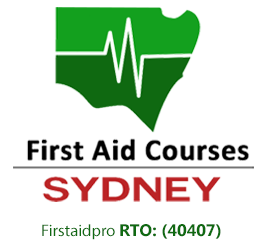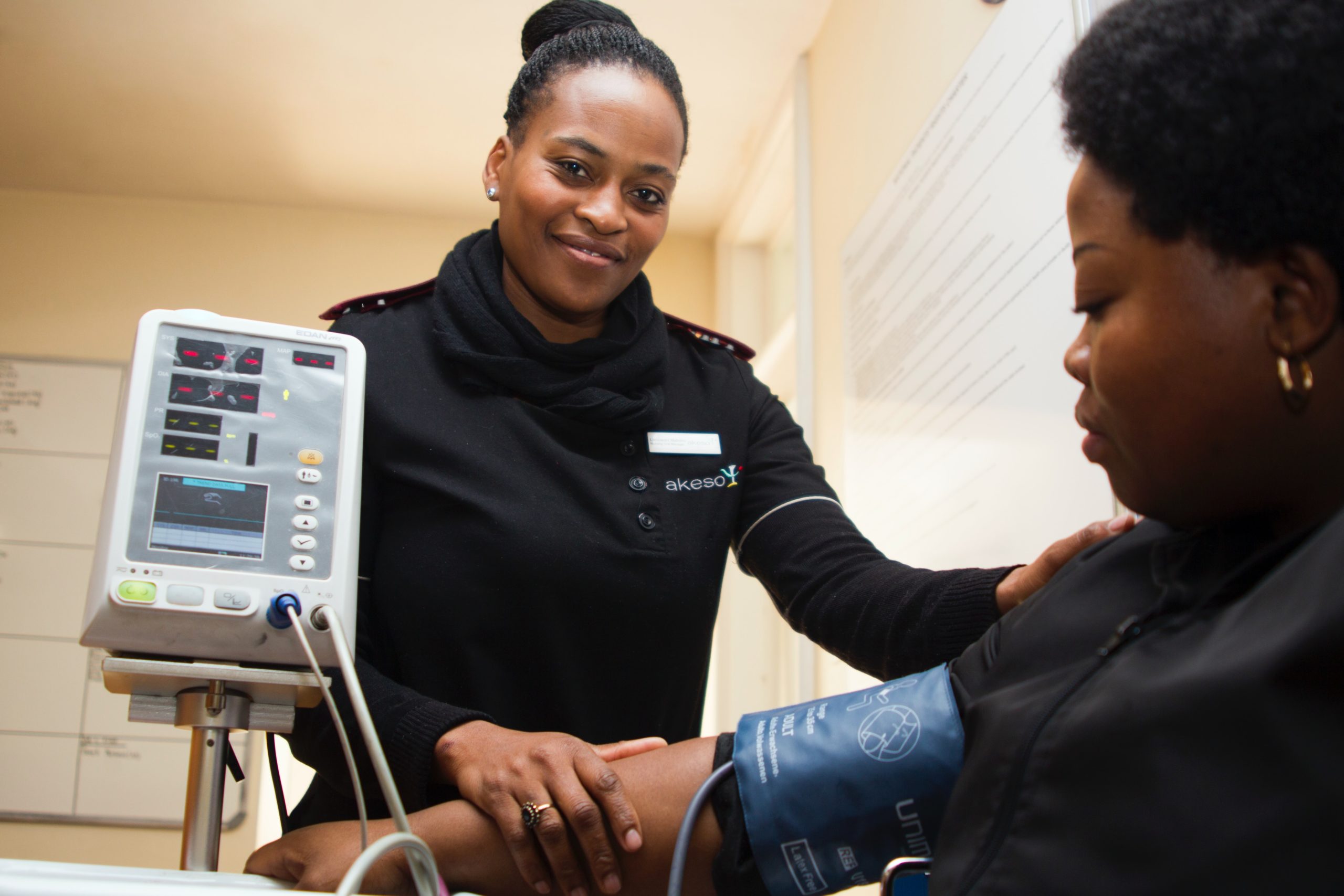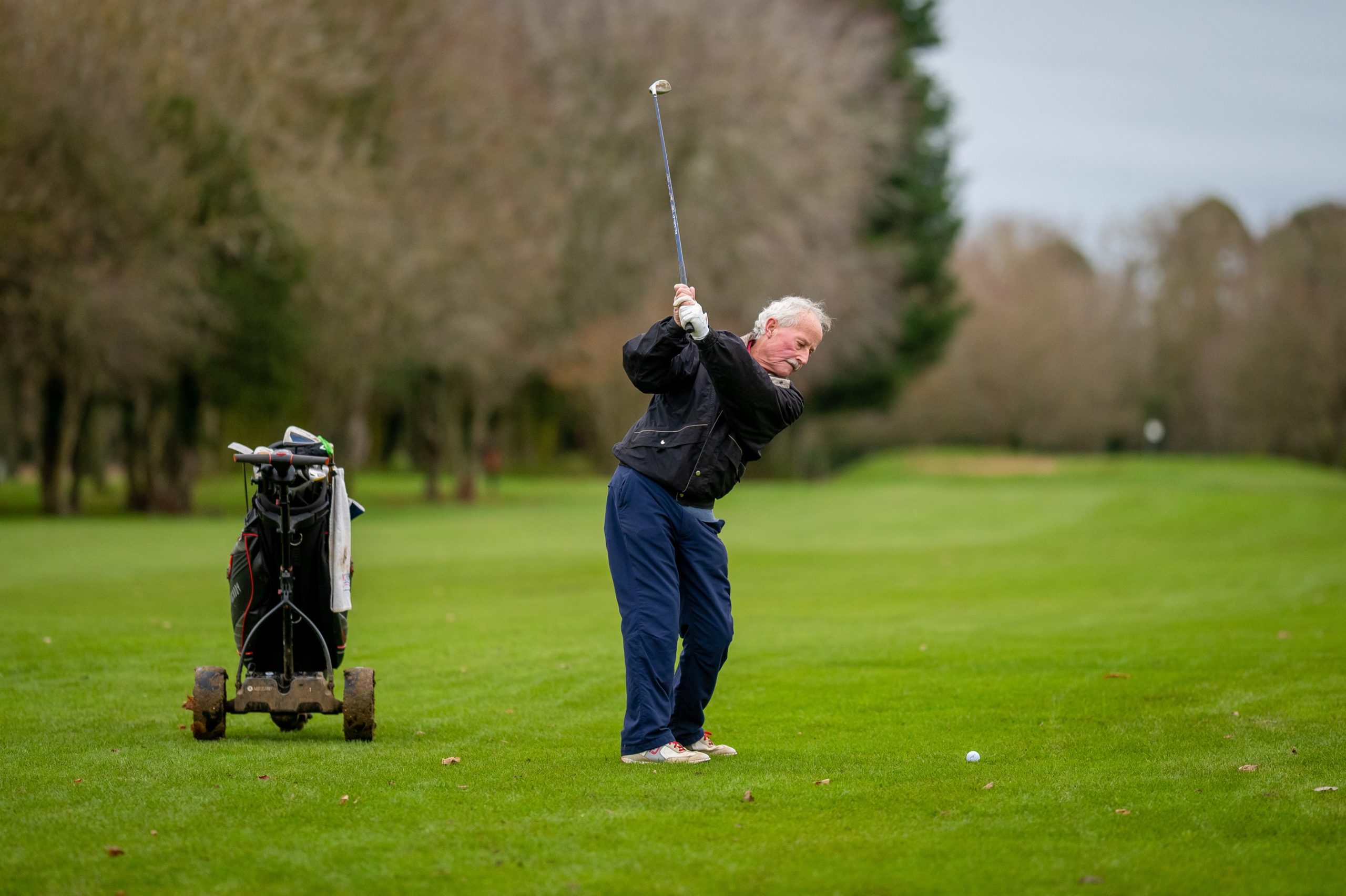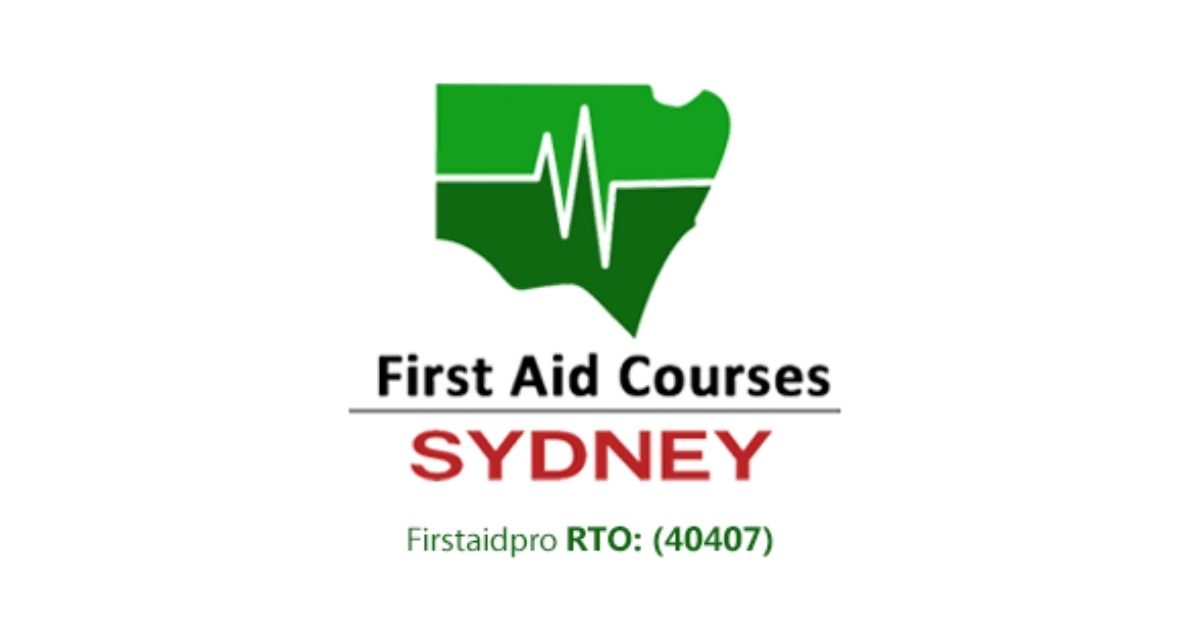Approximately 54,000 heart attacks occur in Australia every year.
Tens and thousands of Australians suffer from a heart attack for the longest time. It is, in fact, the leading cause of death in Australia with a record of 36,452 fatalities in 2015.
A heart attack, also called myocardial infarction, occurs when the blood supply to the part of the heart muscle is blocked resulting in serious damages. Most of these attacks happen at home or in an out-of-hospital setting, making it critical for people to be prepared in first aid in case a loved one goes into a heart attack.
What does a heart attack feel like?
During a heart attack, the location of the pain can vary quite a bit depending on the person. According to a medical doctor, the pain may occur in the arm, shoulder, neck, jaw, or elsewhere in the upper half of the body.
Aside from the most common sign of a heart attack – discomfort in the chest area – there are also non-classic symptoms that you will experience during an attack. This includes shortness of breath, weakness, nausea or vomiting, back or jaw pain, unexplained fatigue, and excessive sweating.
Most of these symptoms are mild at their onset and it can persist for up several hours or days until the actual heart attack happens.
Too many Australians die or live with a long-term disability because of the lack of awareness of heart attack warning signs and symptoms. Recognising the early symptoms is crucial to make sure the person suffering from a heart attack has a better chance of recovering.
How to Manage a Heart Attack
A heart attack is a medical emergency that is life-threatening. If you saw someone experiencing chest discomfort or other heart attack symptoms, there’s a lot you can do to help to stop the condition from getting worse.
Remember: The sooner the victim gets treatment, the better chance they have at survival and recovery.
Call 000 right away. The very first thing you should do if you or someone else is having a heart attack is to call for emergency medical help. Emergency responders are trained to treat victims on the way to the hospital to reduce the amount of heart damage.
Chew and swallow aspirin. Aspirin is recommended by doctors for heart attack first aid. The reason you need aspirin is that it can lower the heart’s workload and make the blood flow better. People who are exhibiting heart attack symptoms need to chew and swallow a 325 mg of aspirin as quickly as possible.
Sit down and remain calm. Have the victim rest, sit down and relax. This can lessen the strain on the heart which allows the victim to recover faster.
Begin CPR. If the victim loose responsiveness at any point, check their breathing, maintain an open airway and prepare to commence CPR. Continue CPR until you see signs of life or until the medical personnel is ready to take over.
Heart attacks are known to strike unexpectedly and being trained in heart attack first aid can make a world of difference. First aid training enables anyone to be on the front line in administering care to those who need it the most.
Learn first aid to keep a healthy heart.







